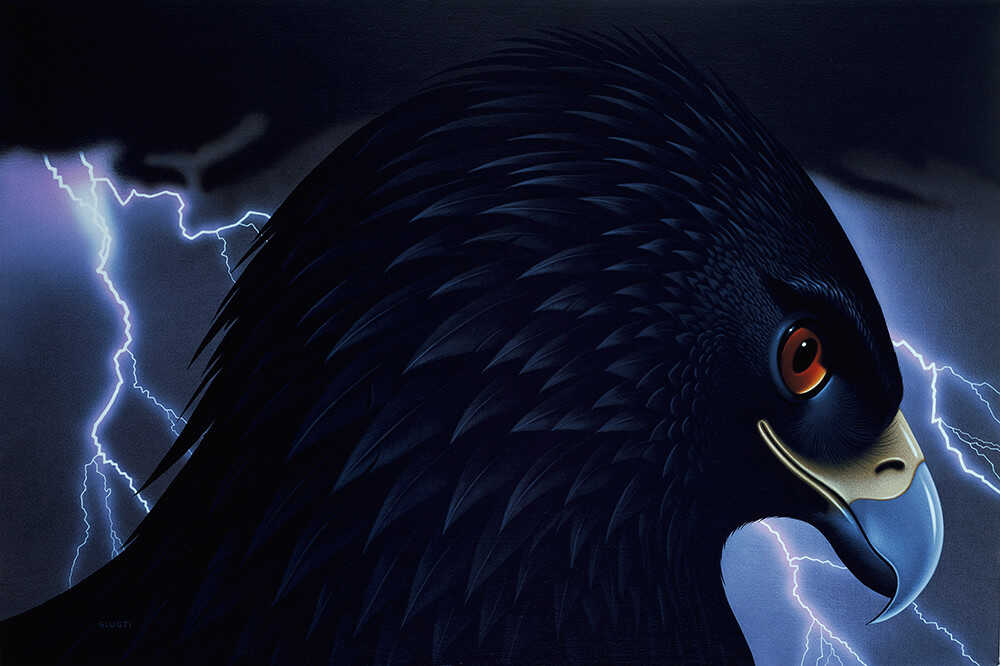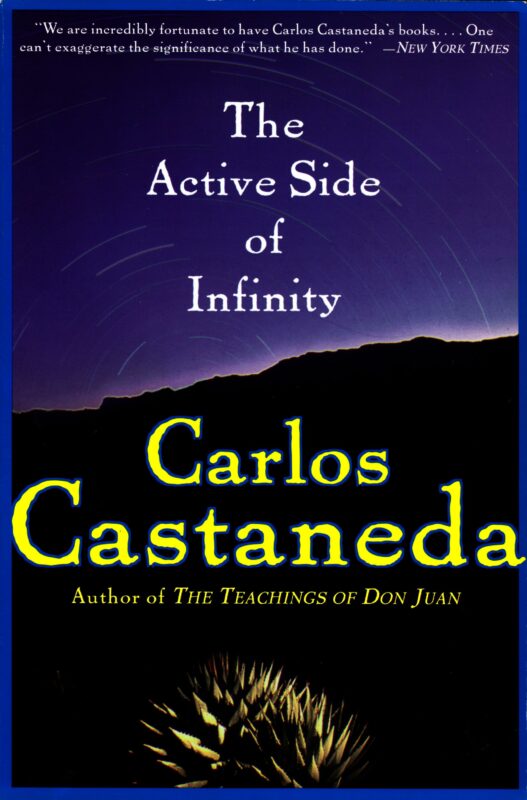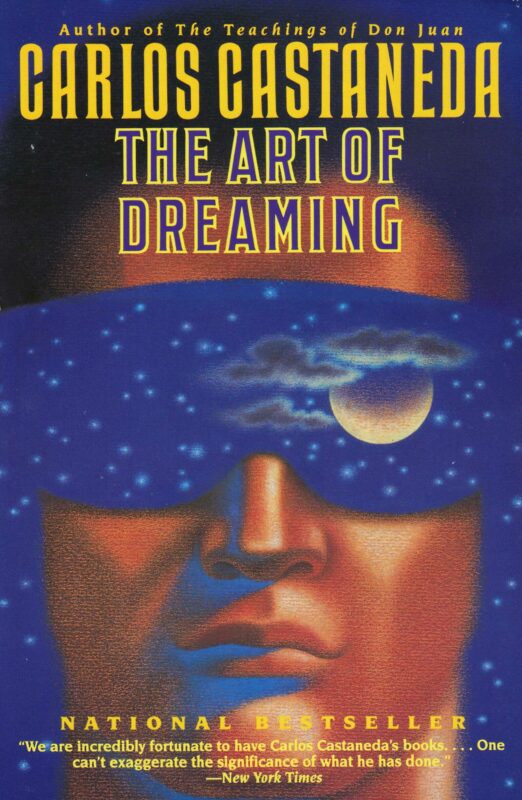The Eagle’s Gift – The Nagual Woman
This chapter recounts the intricate story of how don Juan met his own Nagual woman, Olinda. It details his benefactor’s masterful stalking strategy, which involved posing as a devout Catholic for nearly a year to orchestrate their meeting. After a failed abduction attempt by his warriors, an even more elaborate ploy is staged, resulting in Olinda joining don Juan’s world. The narrative also delves into the nature of double beings, the despair and ultimate freedom of his benefactor’s party, and concludes by explaining how don Juan eventually found and secured Carlos Castaneda and his corresponding Nagual woman, using similar principles of controlled folly and stalking.




